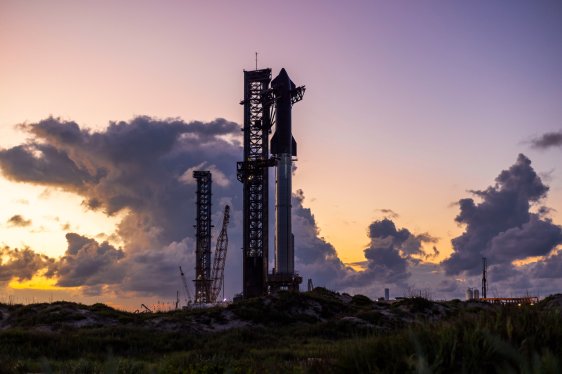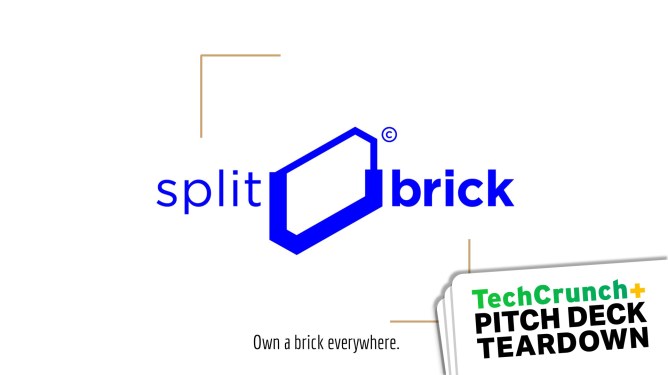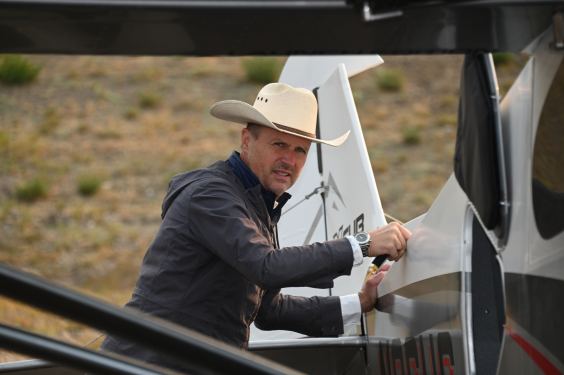Next-Gen Payload Deployment on the Horizon
SpaceX is taking a significant leap forward in its Starship test flight program, with the next launch expected to demonstrate payload deployment for the first time. The payload in question will be 10 Starlink ‘simulators’ that will mimic the size and weight of the next-gen satellites set to be deployed by Starship.
The Payload: Starlink Simulators
These model spacecraft will travel on the same trajectory as the upper stage, also called Starship, and splash down in the Indian Ocean. The operational version of these satellites, known as V3, is expected to be the first real payload launched by Starship. By bringing Starship online, SpaceX aims to rapidly deploy its Starlink satellite constellation and reduce costs per satellite launched.
The Benefits of Starship
Currently, SpaceX uses its workhorse Falcon 9 rocket to launch Starlink satellites. However, the next-gen V3 satellites will be much heavier than the current V2 Mini spacecraft. Thanks to Starship’s incredible payload capacity, SpaceX plans to deploy 60 V3 satellites per launch, which will add 60 terabits per second of capacity to the Starlink network.
Increased Capacity and Performance
Per satellite, this equals out to more than 10 times the downlink and 24 times the uplink capacity compared to the V2 Mini satellites. This upgrade is crucial for SpaceX’s plans to expand its Starlink constellation and provide faster internet connectivity worldwide.
Upgrades to the Rocket
In a blog post ahead of the seventh test launch, SpaceX announced that it is introducing several upgrades to the rocket, including:
- Improvements to the propulsion system: This will enhance the rocket’s performance and efficiency.
- Avionics upgrades: These improvements will boost the reliability and accuracy of the rocket’s navigation and control systems.
- Heat shield enhancements: This upgrade will protect the rocket from intense heat generated during atmospheric re-entry.
A New Era for Starship
During this test, SpaceX will attempt to ‘catch’ the Super Heavy booster for the second time. This feat was accomplished for the first time in October 2022. The success of this mission will mark a significant milestone in the development of the Starship program and pave the way for future launches.
The Road Ahead
With the next-gen payload deployment on the horizon, SpaceX is set to take a major leap forward in its quest to revolutionize space travel and satellite connectivity. As the company continues to push the boundaries of innovation, one thing is clear: Starship is poised to become a game-changer in the world of space exploration.
About the Author
Aria Alamalhodaei covers the space and defense industries at TechCrunch. Previously, she covered public utilities and the power grid for California Energy Markets. Aria has also contributed to MIT’s Undark Magazine, The Verge, and Discover Magazine. She received an MA in art history from the Courtauld Institute of Art in London.



